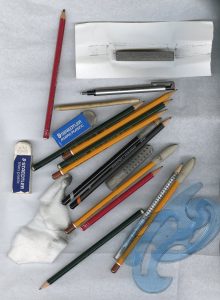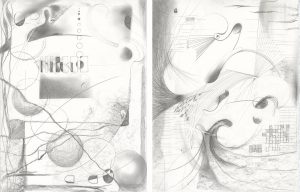Foreword
by Felicity Tayler and Roxanne Lafleur

We were prompted to write the foreword for brAInchild: provide insightful reflection on our work here from mixed digital humanities/visual arts perspectives.
Brain learning
A selection of keywords (characteristics) found in the essays.
| Human | A.I. |
| Perception
Sensation Intention Emotion Subjectivity Preoccupation Imagination |
Tool
Prompt Interpretation Interface Objectivity Disconnect Unimaginable |
Text response
Artists writing about art and artists that they admire and are intrigued by, with whom they wish they could have conversations. Art historical writing entering into dialogue with art works and artists. A collision of the visual culture of the commercial web with questions from learners who are at an early phase of their critical and theoretical journey. These authors bring with them their life’s experience and knowledge to ask questions from AI as a conversational entity; the challenge for the AI, however, is that these are questions that multiple generations of thinkers are still working on…
Drawing response
Algorithm: 2 drawings, 4 hands, 90 minutes at 3-minute intervals, graphite on 2 pieces of Stonehenge paper, 31.8 x 24.4 cm each.


